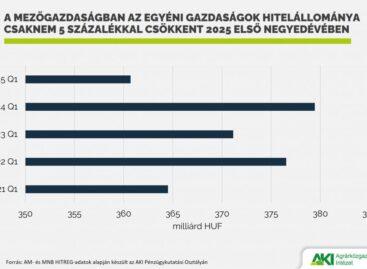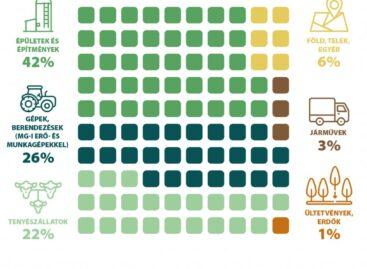Bird flu has reappeared in Pest County
The laboratory of the National Food Chain Safety Office (Nébih) has detected the presence of bird flu virus in Pest County. The eradication of the affected herd and the epidemiological investigation are in progress. In view of the bird flu virus still present in the country, Nébih requests strict epidemiological discipline from all those involved.

(Photo: Pixabay)
The increased mortality and characteristic nervous system symptoms in the approximately 1,650-strong goose farm located in the Törtel settlement in Pest County gave rise to suspicion of the disease. The Nébih laboratory confirmed this by detecting the H5N1 subtype of the virus in dead animals. The eradication of the affected herd has already begun based on the suspicion. In accordance with the epidemiological regulations, a 3 km radius protection zone and a 10 km radius surveillance (observation) zone have been designated around the farm. Nébih once again draws the attention of animal keepers to the fact that the avian influenza virus, which is still present in the country, may reappear anywhere, including in areas where the disease has previously been eradicated. Epidemiological discipline must therefore not be relaxed anywhere, as the number of poultry farms can only be reduced to a minimum by fully and consistently adhering to biosecurity measures.
Nébih
Related news
Agricultural loans decreased by 6 percent
Agricultural loans decreased by 6.0 percent to HUF 1,001.2 billion…
Read more >Agriculture’s income-generating capacity may depend on irrigation
Europe is facing an increasingly significant water shortage, so agriculture’s…
Read more >42 percent of agricultural investments were spent on buildings and structures in 2024
According to preliminary data from the Central Statistical Office, the…
Read more >Related news
Corporate leaders’ commitment to sustainability at record level
According to the latest data from the K&H Sustainability Index,…
Read more >FAO food price index rose slightly in June due to higher prices of meat, dairy products and vegetable oils
The Food and Agriculture Organization of the United Nations (FAO)…
Read more >What can cause the price of a wine to increase tenfold?
There are fewer of them worldwide than the number of…
Read more >






